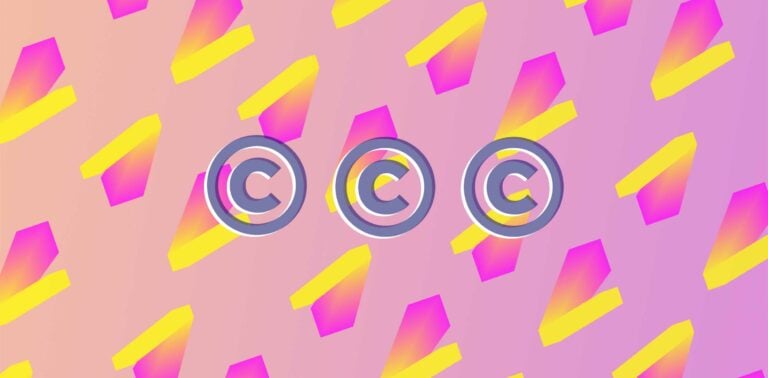Creating digital content takes up a lot of business resources and time. So do yourself a favour and make your content more efficient! By optimising your content production strategy, you can create more search-friendly content to help improve your overall web visibility. Read on for expert SEO tips on how to make your content more search-friendly and maximise your digital content investment.
SEO (Search Engine Optimisation) is a complex process, that requires perseverance, analysis and tracking. Effective SEO also demands continuous updating, since the algorithms of search engines and new contents in different websites and softwares, constantly shape the search results.
Frustrated already? Fear not! Our blog includes 11 efficient steps to lift your SEO data to the next level and retain the most important thing: content.
In the first part of our blog series, we focus on the main pillars of SEO from the perspective of copywriting: what kind of content should you produce and how the links between different pages and contents affect on the search result?
1. Identify users’ intent first
Do you know what your customers and clients actually need? What users are really looking for?
One of the key tenets of SEO (and increasing your online visibility) is your ability to serve customers with the right information that matches their search query. And preferably at the right time too!
Ask yourself what search intent the content you are producing is responding to.
The most important thing is that you are able to meet your users’ needs as thoroughly and seamlessly as possible. Try to create content that literally entices users to come to your website.
Analyse your content from the perspective of your customer’s need for information: does the page and content have a clear meaning? Can people find what they really need quickly and painlessly?
2. Create a clear and thematic content architecture
From a structural perspective, ensure that the way you create new content and structure your URLs is user and search-friendly.
Pay special attention to the relationships between pages when it comes to your URL structure, and make it as logical and descriptive as possible.
Using a clear URL architecture means that both users and search engines can parse and work out the structure and overall link path of your website.
e.g. sofwareproduct.fi/feature & sofwareproduct.fi/benefit
Always prioritise content series created around distinct themes rather than one-off pages. This will allow you to create functional user paths and take advantage of important keywords.
3. Know your keywords and vocabulary
When improving and optimising your content for SEO and usability, think about what kind of search terms a user might use to search for your content. These form the basis of your content vocabulary.
It’s important to properly leverage these keywords to ensure your content is user-friendly and your copy resonates with your target audience. Think about how you can use user terms in your content as stand-out features, embedded in the text itself, in relevant metadata (such as page titles), and even in URL structure itself.
The more you leverage the right kind of vocabulary in a creative way on your website, the more users will actually find your content.
Note: some text and page elements are more relevant to search engines. For website visibility, focus especially on the words you use in your page titles.
4. Cross-linking content a la hub & spoke method
From an SEO perspective, it is important to take into account how your content is related to other content entities. This goes for both the content you produce on your domain, as well as content on external websites. Links help you create relationships between pieces of content.
To maximise online visibility, it’s important to tie your content together to create mutually supportive entities. Link between pages to pass topical relevance and signal a relationship between content topics. Think about linking and relevance at page-level too.
When you create content, consider:
- Could you use more links to direct the user to related content on your website? This could be something like an online quiz, guide, or form.
- Is there any other useful and relevant content online that you can link to in your copy? Sign-post and guide the user to other quality digital resources.
- Can you create a whole series of pages to answer a complex search query or break down complex information? This will help you attain a more broad and extensive keyword visibility.
HubSpot has a good blog on cross-linking and creating thematic content families as part of its content marketing series on topic clusters.
5. Internal links add context
Links are an important entity for search engine visibility. Links can be categorised into two broad categories: internal and external links. Internal links are links that guide the user within your site. External links are links to and from other external pages (from different domains) to your website.
Internal links allow search engines to understand what kind of relationship exists between different pages. For example, pages that are linked to more frequently are classified as more important.
Internal links are also a good way to guide the user forward on your website and reduce the number of people prematurely exiting your website.
Of course, it is important to include links in the navigation bar and page elements, but internal links should also be added to the text itself.
Don’t forget to also link to relevant external content from your pages, but always avoid linking to low-value websites and domains.
In the second part of our blog series, well jump headfirst into the world of titleing, HTML-features and more. All this, of course, with effective SEO in mind. Stay tuned!
🌐 Do you need help with your SEO related work?
We at Timehouse offer you our strategic understanding of SEO. We implement our services through both a consultancy and technological build model.
Contact us at: info@timehouse.fi or call +358 207 491 449.






